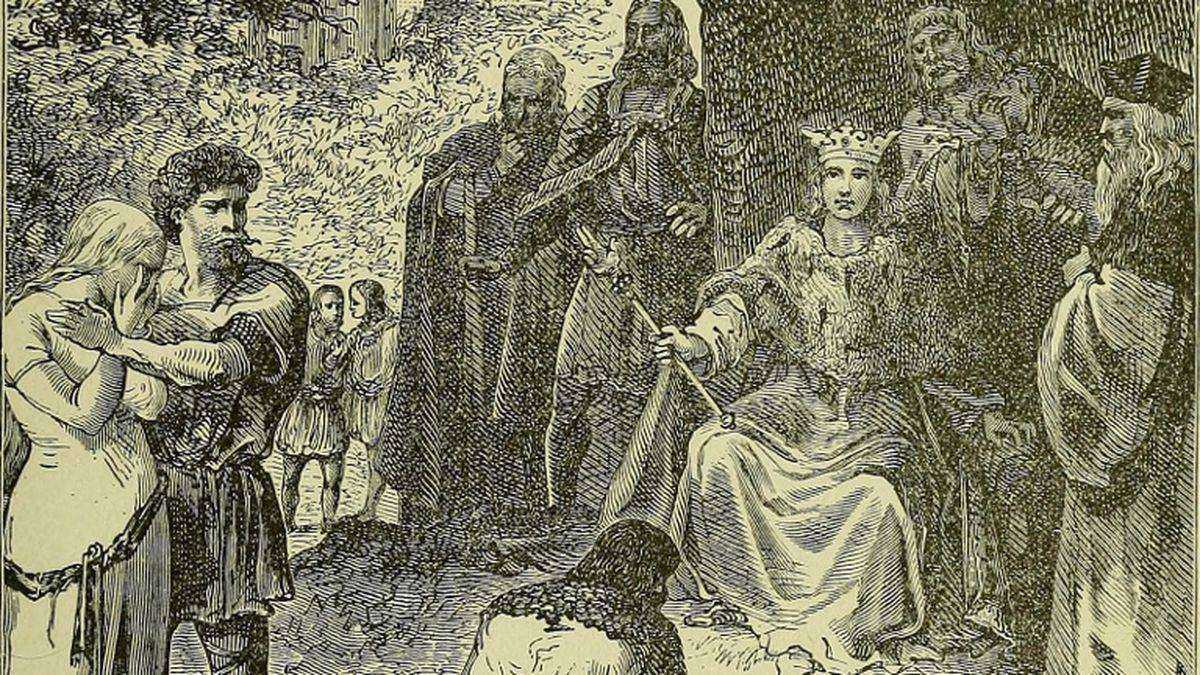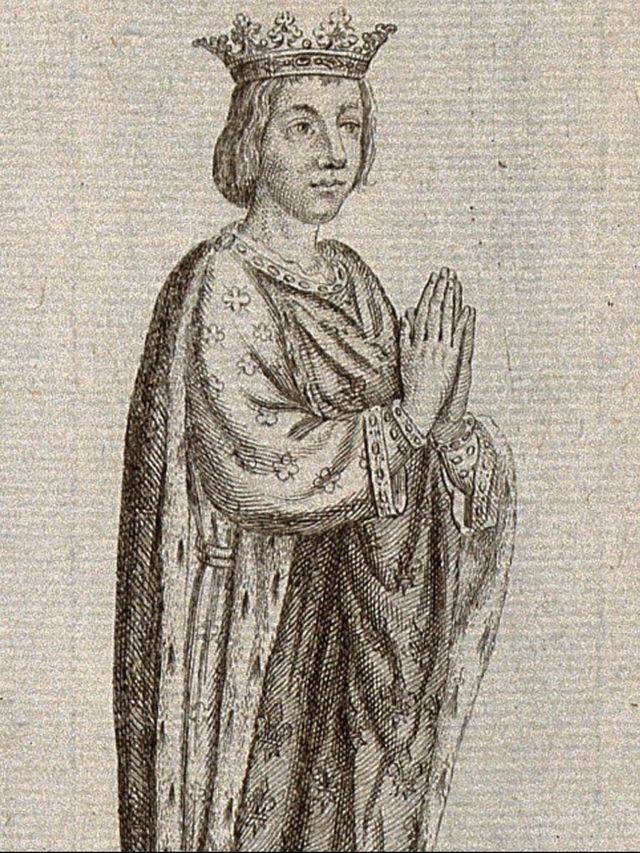 Louis IX dispensed justice beneath his oak | ©Public domain
Louis IX dispensed justice beneath his oak | ©Public domainVincennes belonged to Saint-Maur-des-Fossés abbey since the 8th century: it was called Vilcenna and kings of France already came here for hunting.
Louis VII raised here a fortress on the location of the current castle, then converted into a manor by his son Philip Augustus.
This one even laid out a menagerie! Bears, lions, tigers lived together... all of them were sent by the king of England from his duchies in Guyenne and Normandy...
Animals stayed here, until the reign of Louis XIV: they moved in Versailles!
King saint Louis liked the castle, too. His chronicler Joinville described the king vêtu d'une cotte de camelot, d'un mantel de taffetas noir autour du cou, moult bien peigné et sans coiffe, which means "he wore a black taffeta coat, had no hat and his hairs were nicely combed".
He used to dispensed justice here, under an oak... the famous Vincennes' oak!
In 1336, Philip VI of Valois raised a keep near the small manor, continued by his grandson Charles V in 1375.
Charles V also raised the wall surrounding the castle and the oratory of the Sainte-Chapelle, completed later in the reign of Henri II, in 1550.
In the 17th century, Le Vau raised the Queen and King detached houses.
In the 18th century, the estate was converted into a porcelain factory (current Sèvres factory), then into a weapon factory, before Napoleon decided to stock here weapons and powders, in 1808.
They demolished the manor, levelled towers.
Damaged during the World War II, Vincennes was bought by Vincennes city and opened to the public.

